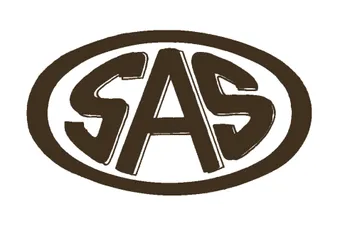Understanding VAT (Value Added Tax) is crucial for any limited company operating in the UK. This guide covers everything you need to know about VAT registration, requirements, thresholds, and deadlines, helping you navigate the complexities of VAT returns.
What is a VAT Number?
A VAT number is a unique identifier assigned to businesses by HM Revenue and Customs (HMRC) once they register for VAT. This number is essential for tracking VAT payments and claims. For businesses, having a VAT number allows you to charge VAT on your products or services and reclaim VAT on purchases.
How to Register for a VAT Number
Registering for a VAT number involves several steps:
- Determine Eligibility: Not all businesses need to register for VAT. You must register if your VAT-taxable turnover exceeds the current VAT registration threshold, which is £90,000 as of 2024. If your turnover is below this threshold, you can opt for voluntary VAT registration.
- Apply Online: The quickest way to register is online through the HMRC website. You’ll need to create a Government Gateway account if you don’t already have one.
- Provide Necessary Information: During the registration process, you’ll need to supply details about your business, including your turnover, business activities, and bank account information.
- Receive Your VAT Number: After submitting your application, HMRC will review it and send your VAT registration number by post. This usually takes around 14 working days.
Variations and Requirements
Different types of VAT registration cater to various business needs:
- Standard Registration: Mandatory for businesses with a turnover above the threshold.
- Voluntary Registration: Available for businesses below the threshold that want to reclaim VAT on purchases and improve their business credibility.
- Group Registration: Allows a group of companies under common control to register as a single entity.
- Joint Ventures: Two or more businesses working together on a specific project can register jointly.
